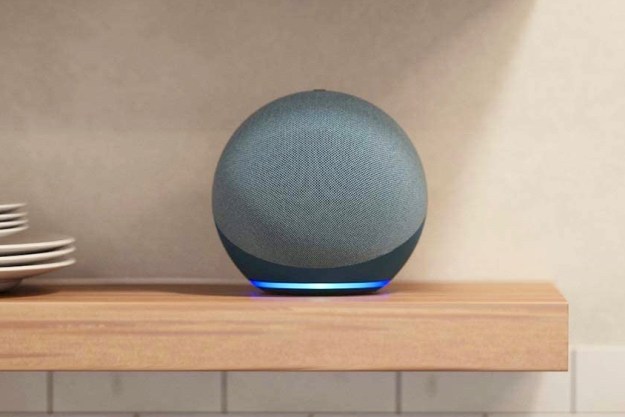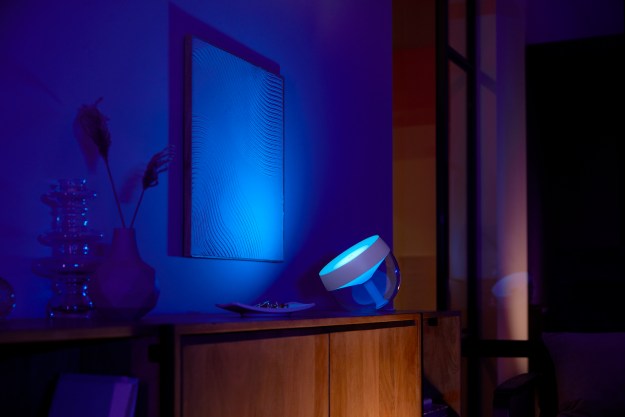If you use Control4 products, there’s a new way to take control. At CEDIA 2019, Google and
SnapAV, a producer of audio/visual, surveillance, networking, automation, and remote management products, announced their new collaboration. This collaboration adds Google Assistant to Control4’s new Smart Home OS 3.This information comes after
Control4 assured customers that its products would still work with Nest after Google locked down the Nest platform from third-party programs back in May 2019.
Using Google Assistant, users can control their Control4 system with voice commands. “So when you say, ‘Hey, Google, turn on the big game,'” the Assistant will turn on a whole media room, dim the lights and close the shades, and even select the right sports channel and set the perfect volume level,” Michele Turner, Senior Director of Google Smart Home Ecosystem, said in a statement.
This change will make the Control4 App, handheld remote, wall keypads, touchscreens, and others more user-friendly, starting with the simple “OK , Google” voice command. Control4 says that the integration is compatible with any Google Assistant-powered speakers or smart displays, such as a
Google Home Hub,
Google Nest Hub Max, or
Google Home Mini. It is also compatible using any smartphone with the Assistant app. Customers can customize Google Assistant voice commands using the
Customer Control4 site.
This announcement came during the unveiling of the Control4 Smart Home OS 3. Along with the collaboration with Google, SnapAV also announced that the new OS will have integration with third-party smart doorbells through Intercom Anywhere. A new high-availability automation controller, the CA-10 controller, can also be used with the new OS, offering four times the processing power and memory of the EA-5 controller, with is perfect for the needs of larger homes, according to SnapAV.
“Control4 Smart Home OS 3 was designed as the ultimate solution for today’s smart home, giving each homeowner a unique and personalized experience that unifies all connected devices for control in a single platform,” SnapAV Chief Product & Technology Officer Charlie Kindel said in a press release. “But Control4 OS 3 is also designed to evolve with the needs of homeowners and the industry. We’re setting the bar even higher with new personalization features and integrations with tens of thousands of devices, which now includes voice control using Google Assistant.”
Editors' Recommendations





